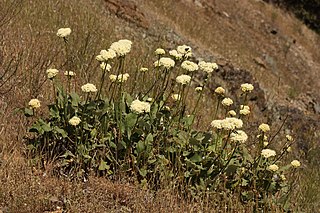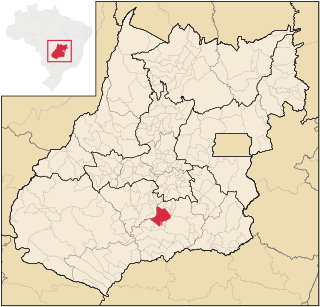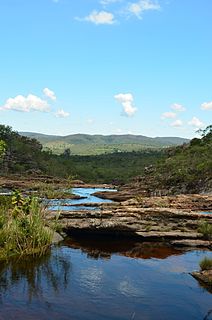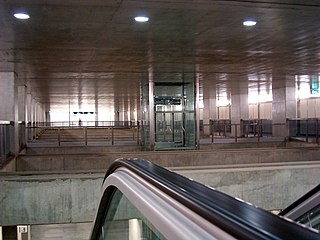Peroba, paroba, parova, perobeira, perova and peroveira are common names for various tree species in the families:
Species known by this name have important use in the timber industry, especially the species referred to as peroba rosa (Aspidosperma peroba). [1]
Peroba is also applied to the following species:
- Peroba
- Peroba-açu
- Peroba-amarela
- Peroba-amarga
- Peroba-amargosa
- Peroba-branca
- Peroba-brava ( Clethra laevigata )
- Peroba-café (Clethra laevigata)
- Peroba-cetim ( Aspidosperma macrocarpon )
- Peroba-comum (Aspidosperma polyneuron)
- Peroba-d'água ( Cestrum toledii )
- Peroba-de-campos ( Aspidosperma tomentosum )
- Peroba-de-folha-larga ( Aspidosperma cuspa )
- Peroba-de-goiás
- Peroba-de-gomo
- Peroba-de-lagoa-santa ( Aspidosperma cylindrocarpon )
- Peroba-de-minas (Aspidosperma cylindrocarpon)
- Peroba-de-rego ( Aspidosperma compactinervium )
- Peroba-de-santa-catarina ( Aspidosperma parvifolium )
- Peroba-de-são-paulo
- Peroba-do-campo (Aspidosperma macrocarpon)
- Peroba-do-cerrado (Aspidosperma tomentosum)
- Peroba-do-rio
- Peroba-dos-campos (Aspidosperma tomentosum)
- Peroba-iquira (Aspidosperma cylindrocarpon)
- Peroba-manchada ( Paratecoma peroba )
- Peroba-miúda
- Peroba-paulista
- Peroba-poca (Aspidosperma cylindrocarpon)
- Peroba-rosa
- Peroba-tabuada (Aspidosperma compactinervium)
- Peroba-tambu (Aspidosperma parvifolium)
- Peroba-tigrina (Paratecoma peroba)
- Peroba-tremida (Paratecoma peroba)
- Peroba-vermelha

Aspidosperma spruceanum is a species of flowering plant in the genus Aspidosperma. It is native to Brazil, Bolivia, Peru, and the Guianas.

Aspidosperma macrocarpon is a timber tree native to Brazil, Venezuela, Bolivia, Paraguay, and Peru. It is common in Cerrado vegetation. This plant is cited in Flora Brasiliensis by Carl Friedrich Philipp von Martius, and it is useful for beekeeping.

Aspidosperma tomentosum is a timber tree native to Brazil, Bolivia, and Paraguay. It is common in of Cerrado vegetation in Brazil. It was first described by Carl Friedrich Philipp von Martius.












